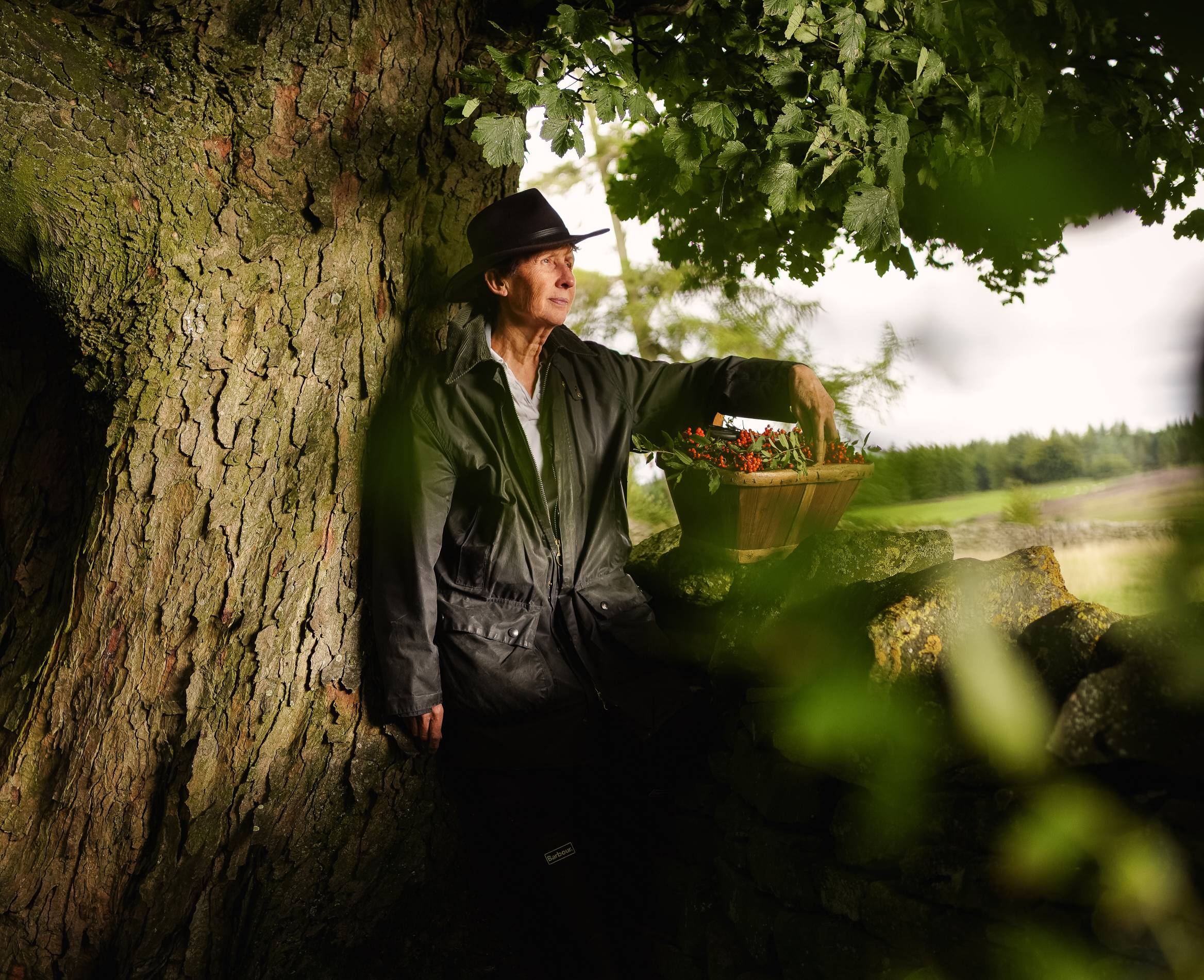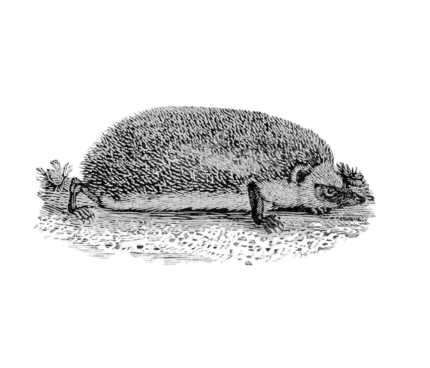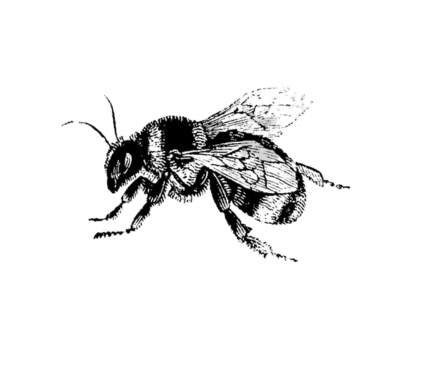About

Our Heritage
Our story starts in Swaledale, a few miles west of Richmond in one of Yorkshire’s most beautiful Dales. It is famous for dry stone walls, old field barns and wild flower meadows in the upper Dale and for its river which tumbles over rocks between green meadows and fell side fields along the narrow limestone valley.
The Past
Elspeth Biltoft’s formative years were spent in these idyllic rural surroundings with parents who were completely passionate about the countryside. Her father was an amateur naturalist, angler and keen walker and encouraged her to accompany him at every opportunity. So, season by season, she was introduced to the secrets of her environment and the wealth of things it had to offer.
On their shared walks they would gather watercress from a secluded stream in late January, gull’s eggs in the early summer months, wild crabapples, sloes and blackberries and pounds of aromatic mushrooms in autumn.
Elspeth’s mother taught her to appreciate the value of all these wild and home grown ingredients. By preparing preserves together they were able to enjoy seasonal treats throughout the year. Favourites were Blackberry and Apple Jam, Wild Crabapple Jelly, Sloe Gin and Traditional Piccalilli.
By the early 1980’s, Elspeth was honing her skills by making preserves for her own family, faithfully following the eight traditional recipes handed down by her mother.
She still gathered from the wild, as well as her own kitchen garden, and had begun to develop her skills as a cook, experimenting with recipes, appreciating the flavours of named varieties of fruit and vegetables, while learning a little about the science of preserve making along the way.
Her love of countryside, appreciation of the seasons, respect for tradition and desire to perfect her preserve making skills had unwittingly formed the basis of her future business.
The Present
In 1988 when Elspeth was looking for a home based business to support her family, preserve making was high on her list of possibilities. She had a workable foundation which had been honed to some degree, and the preserves she had first made with the help of her mother, such as wild rowanberry and herb jellies, marmalade and cucumber pickle, formed the basis of her catalogue of products.
When her family moved to Rosebud Farm near Masham in North Yorkshire they acquired two traditional nineteenth century barns that were perfect for conversion to food production.
So in autumn 1989, these were renovated to accommodate the fledgling business and the first successful route to market created through agricultural shows and craft fairs.
Independent customers followed, including delicatessens, stately homes, cheesemongers, hotels and farm shops throughout the UK. Then export to Ireland, Germany, France, Japan and the USA, where our naturally set fruit and herb jellies in particular have achieved considerable success in the top gourmet and natural food stores.
Although our present catalogue has increased to almost sixty products and our locally recruited staff to match, the principals on which the business was founded remain exactly the same today. These are to produce the best possible products by continually developing and improving our skills.
We hope that our thoughtful approach to sourcing flavoursome produce, generous quantities of fresh ingredients and passion for consistent quality in all we do, creates preserves that you genuinely enjoy.
Our Philosophy
Preserve making has a long and distinguished past and we are very proud to be part of that tradition. Over the years developing time honoured skills, by practising authentic techniques and reproducing traditional recipes, has become a special part of what we do.
Sourcing
Taking care to use fresh, flavoursome ingredients, by gathering or buying in season, is an important part of our philosophy. Over the years we have developed relationships with suppliers who care as much as we do. We have sought English growers, locally and from further afield, with knowledge and passion for their produce – freshly grown herbs from the Vale of York, new season rhubarb, tangy but delicate, from the West Yorkshire ‘triangle’ and dark fleshed damsons from an old orchard in the Lyth Valley, Cumbria.
Every January our kitchen is filled with the scent of fresh Seville oranges, the most traditional and arguably the best of fruits for making marmalade. We have bought these from the same organically certified Spanish orchard since 1990, confident of their assured quality.
Gathering from the wild holds a particular place in our affection and allows us to offer English products with a long tradition, which might otherwise be forgotten or overlooked. There are wild elderflowers picked by ourselves to perfume gooseberry jam in June and scarlet rowanberries, the fruit of the Mountain Ash, from a local plantation in Wensleydale. In combination with English Bramley apples they make a carnelian coloured jelly that pairs perfectly with venison and winter game.
Towards the end of the preserving year, we check wild crabapple trees once a week in September, to make sure we are there when windy days blow the first ripe fruit to the ground. It is a pleasure to source seasonal fruit and vegetables at their most authentic and be rewarded with delicious preserves in return – simple, honest and full of robust flavour.
Tradition
We have looked for once popular, but now less familiar fruit, to make a number of our preserves. For example, fragrant quinces for jelly, delicious Cambridge gage plums for jam and green walnuts, which after pickling, lend a very special flavour to a Beef or Venison casserole.
We love the honesty of traditional recipes, such as those for Piccalilli and Sweet Cucumber Pickle, where the ingredients list has changed very little since they first appeared in the 18th century. Their flavour-filled simplicity has stood the test of time.
Some of the techniques we use to create these pantry classics are as traditional as the preserves themselves. The fruits for our various jellies, using Bramley apples, wild crabapples, quinces and redcurrants, are gently cooked then stained through cotton cloths overnight. The next day we add unrefined cane sugar to the filtered juices then boil fast, relying on the natural properties of the fruit alone, to achieve a lovely jewel like set.
We are eager to help the glorious British traditions of fruit growing and preserve making to survive by continuing to search for specific fruit varieties, in our quest for improved flavour, and by practicing time honoured techniques in order to create many of our favourite recipes.
Quality
In 1989 the first of our founding principles was to make preserves of the highest quality and that remains at the heart of what we do today. All aspects of our preserve making are given careful consideration as we strive for perfection at every stage. From the detailed development of the first sample including taste, colour and consistency, through controlled production, to the choice and application of our classically designed label.
Each of our recipes includes quantities and methods designed to endorse quality and replicate the best of home cooking. Our pickling onions are prepared as soon as the grower has lifted and dried them – no later than October so that they can be enjoyed at their most desirable – small, crisp and sweet.
We have carefully developed a warmly spiced and piquant vinegar to preserve them for the months ahead. Bramley apples, destined for any number of preserves, are peeled and cored by hand to ensure their vibrant freshness. Locally gathered herbs including Mint and Rosemary are stripped from their stalks and captured in fruit jellies where their characteristic oils and unique flavours are at their most potent.
The quality of our products is defined by all of the following – careful sourcing, generous quantities, simple balanced recipes, no additives, preservatives or even pectin, natural sets dependent on the properties of fruit alone, unrefined cane sugars and skilful cooking.
Our Charities
We are based in the heart of the English Countryside and are proud to be associated with these special environmental charities

British Hedgehog Preservation Society
For those of a certain age memories of the industrious little Hedgehog in Beatrix Potter’s Tale of Mrs Tiggywinkle are enduring.
What a charming and unusual mammal the Hedgehog is, but one we could be accused of taking for granted as it goes about its nocturnal business.
As recently as the 1950’s there was an estimated population of 30 million hedgehogs in Britain. By 1995 this had reduced to 1.5 million and studies carried out between the early 1990’s and 2001 suggest their numbers may have fallen by half as much again.
Hedgehogs are as much at home in urban as they are in rural habitats as long as conditions are favourable for them – gardens and fields with suitable cover and good foraging opportunities. Intensive agriculture, loss of hedgerows, paved and overly tidy gardens and the use of pesticides have had dramatic effects on their numbers.
Added to this, tens of thousands are killed by road traffic every year.
Beatrix Potter would be shocked and saddened by the demise of 'dear Mrs Tiggywinkle'.
Learn more
The Bumblebee Conservation Trust
Few creatures are as endearing or as evocative of a sunny summer afternoon as Bumblebees with their deep buzzing and clumsy flight. Quite apart from their visual charm these important insects play a crucial role in pollinating not only wild and garden flowers, but many of our most important crops.
For example, the fruit for our favourite jams, namely Strawberry and Raspberry simply would not be available without the help of pollinating Bumblebees. Can we really take them for granted?
In the last 80 years their populations have declined dramatically and two of their species have become nationally extinct. There are 24 types of Bumblebee in the UK but only 8 are now commonly found in most places. They are in urgent need of our support.
Learn more
Butterfly Conservation
Butterflies can justifiably claim to be amongst the most beautiful creatures on our planet. Sometimes spectacularly colourful and exotic or carefully camouflaged, they are equally graceful, delicate and beautiful in flight and have captured our admiration for hundreds of years. But, like Bumblebees, and for the same reasons, they are in decline and in urgent need of our help.
During the last 100 years, four species of Butterflies and over 60 Moths have become extinct. Of the 56 species of Butterflies remaining in the UK three quarters are in decline as are their night time cousins, the Moths. Their habitat has been destroyed on a huge scale and now changing patterns of climate and weather are having a profound effect on their survival.
When we are charmed by the gentle fluttering of Peacock and Tortoiseshell Butterflies on our summer Buddleias or catch Red Admirals and Commas sipping sugary nectar from the last of our orchard plums, we are reminded of how diminished our environment would be without the presence of these beautiful insects.
Learn more